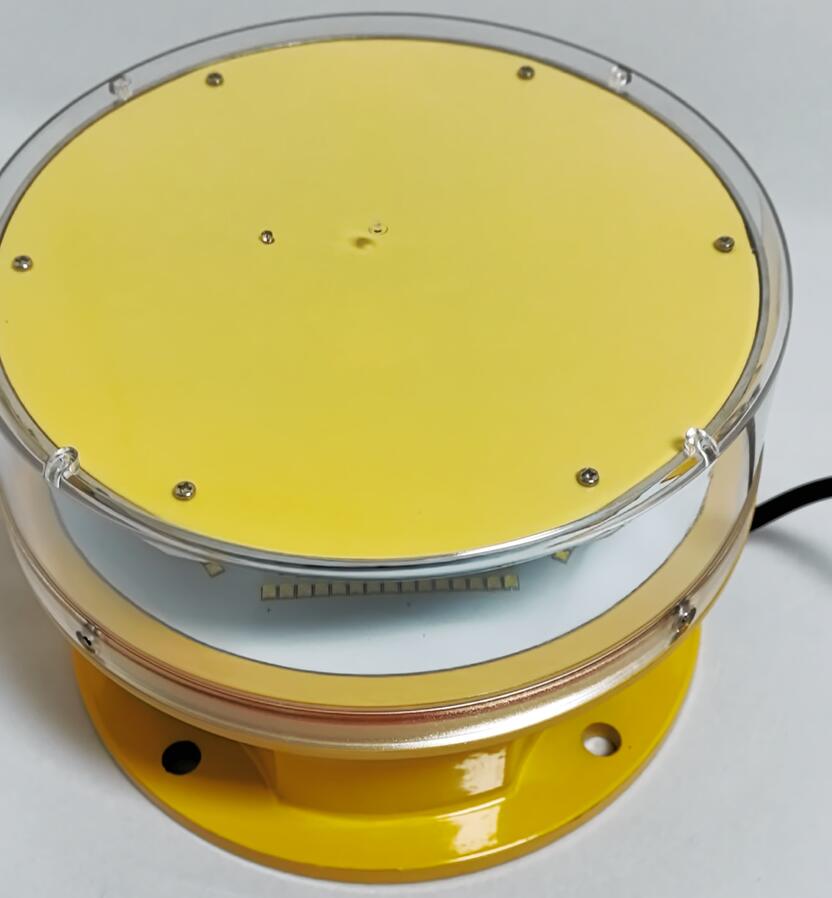
In the vast expanse of the sky, where aircraft soar with grace and purpose, there exists an unsung hero that plays a crucial role in ensuring safety - obstacle lights in aviation. These unassuming yet essential elements are the silent guardians that help pilots navigate through the complex aerial landscape and avoid potential disasters.
Obstacle lights are specifically designed to mark and highlight obstacles that could pose a threat to aircraft. From tall towers and communication masts to wind turbines and large buildings near airports, these lights serve as a visual warning to pilots. They are a critical part of the aviation safety infrastructure, providing a clear indication of potential hazards and enabling pilots to take appropriate evasive action.

The importance of obstacle lights in aviation cannot be overstated. In a world where air travel is becoming increasingly common, the need for safety measures is more pressing than ever. These lights are essential for preventing collisions between aircraft and obstacles, which can have catastrophic consequences. A single collision can result in loss of life, damage to property, and disruption of air traffic.
One of the key features of obstacle lights is their visibility. They are designed to be highly visible from a distance, even in adverse weather conditions. This is achieved through the use of bright LEDs or other advanced lighting technologies that can cut through fog, rain, and darkness. The lights are often equipped with flashing or strobe effects to further enhance their visibility and attract the attention of pilots.
Another important aspect of obstacle lights is their reliability. In the aviation industry, there is no room for error. Obstacle lights must be able to operate continuously and without fail, even in the most challenging environments. This requires robust construction and quality materials, as well as regular maintenance and testing to ensure their proper functioning.
Obstacle Lights Aviation
12
34
FVC
The installation of obstacle lights aviation is also subject to strict regulations and standards. Aviation authorities around the world have established guidelines for the placement, intensity, and color of these lights to ensure their effectiveness. For example, lights on tall structures near airports are often required to be red in color and flash at a specific frequency to distinguish them from other lights in the area.
In addition to their role in preventing collisions, obstacle lights also serve other important functions in aviation. They can be used to mark the boundaries of restricted airspace or to indicate the location of important navigation aids. They can also help pilots identify the approach path to an airport or runway, providing an additional layer of safety during landing and takeoff.
As technology continues to advance, so too do obstacle lights in aviation. Newer models are being developed that offer even greater visibility and reliability, as well as features such as remote monitoring and control. These advancements are helping to further enhance the safety of air travel and ensure that pilots have the information they need to make informed decisions.
Obstacle lights aviation are a vital component of air safety. They serve as a visible warning to pilots, helping to prevent collisions and ensure the smooth flow of air traffic. With their visibility, reliability, and strict regulatory compliance, these lights are an essential part of the aviation landscape. As we look to the future, we can expect continued advancements in obstacle light technology, further enhancing the safety of air travel for all.